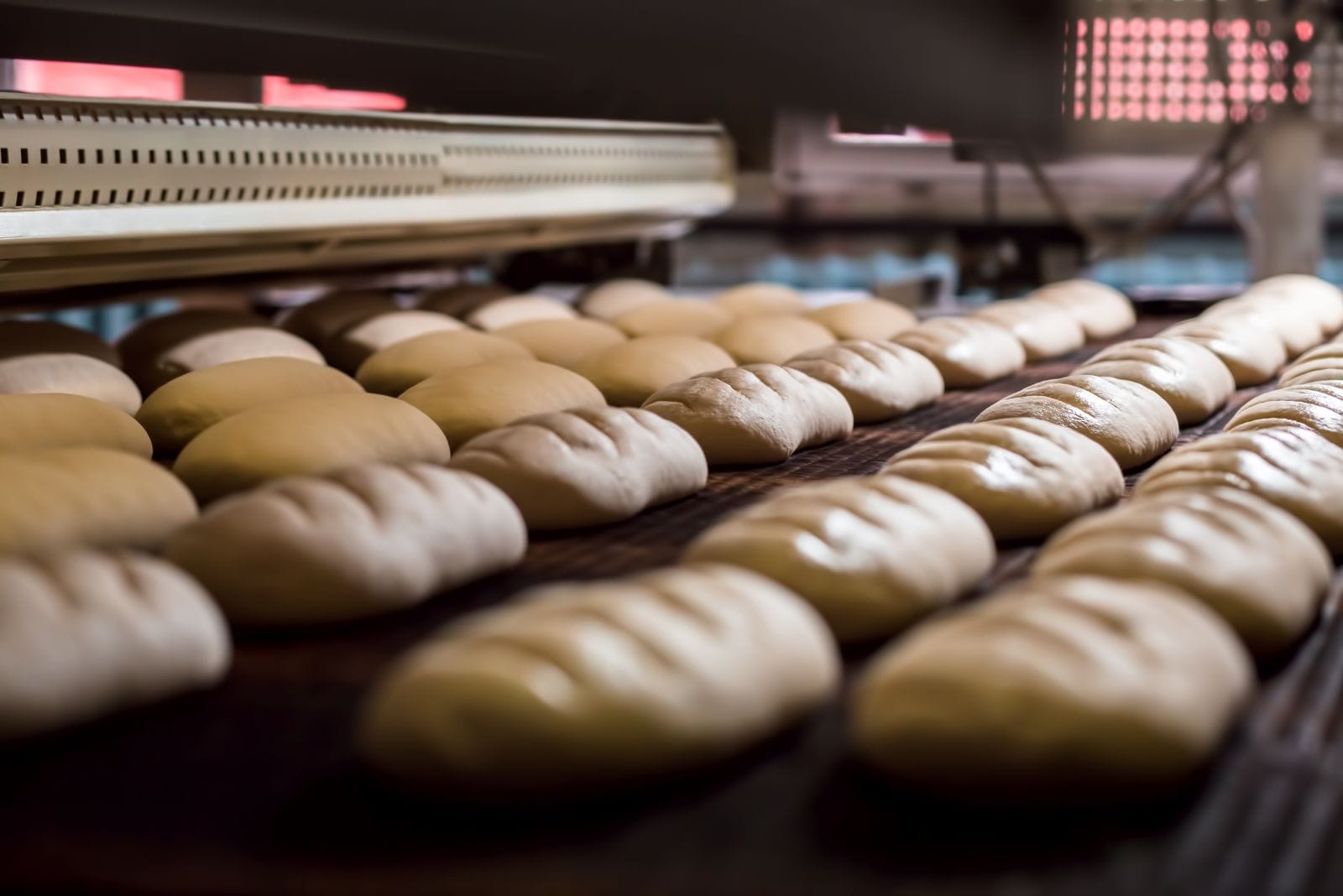KANAS CITY, MO — As outside factors become increasingly more difficult to predict and regulate, ingredient suppliers rely heavily on internal regulation and management. This takes the form of consistent and open communication.
“We manage our customer expectations with great care,” said Ben Reusser, Innovative Center manager for Cain Food Industries. “We let them know what we can get from our suppliers along with lead times and current pricing.”
Therefore, trust between bakers and their suppliers has become more critical than ever.
“Our customers trust us to keep them informed about sourcing challenges,” said Edward Mlotek, VP of sales and marketing for global ingredient supplier Repco Bakery Solutions. “Our intervention and management of this issue is something we are proud of. When we run into a hiccup or we have an issue with sourcing an ingredient, we immediately communicate with our customers, keeping them updated on where we’re at and how the sourcing is going.”
Strong communication is also necessary to ensure the supply chain remains fluid and that suppliers can pivot quickly when it comes to creative R&D. Ingredient shortages and delays have forced many suppliers to expand their network, sourcing the same product from various places.
“We started to ask, ’Who else can we get this from?’” said Abby Ceule, senior director of ingredient solutions at Corbion. “We’ve had to expand our own network of suppliers into our business.”
Network expansion is becoming more common throughout the supply chain. KPMG — a global organization of independent professional services firms — identified overreliance on a limited number of suppliers as a key trend impacting the current situation.
“As we emerge from the COVID-19 slowdown, many businesses recognize the need to better equip their supply chains by identifying alternative trading partnerships,” KPMG reported.
“They are actively seeking a broader list of suppliers, alternative markets/customers, as well as different transport and logistics providers.”
Then again, sometimes certain ingredients are simply not available.
“Like everyone in this industry, we too experience some of the pains of the supply crisis with certain ingredients that our customers ask us to blend,” Mlotek said. “So, we have worked with bakers to substitute ingredients or formulate a difficult ingredient out of a product.”
Ingredient supplier R&D teams have worked tirelessly to test and develop new ideations of certain recipes for their customers.
“For instance, gluten reduction is nothing new, so we have ascorbic acid, enzyme blends and other classic conditioners that have been used previously to great effect in reducing the overall gluten needed in a formula,” Reusser explained. “Emulsifiers have been an issue as well due to lack of oils. We also have enzyme blends that are also used to reduce or eliminate these ingredients.”
Ingredient suppliers often have an R&D team with baking expertise, so they can understand exactly what they are dealing with.
“We utilize our in-house bakery lab for experimenting with replacement ingredients and enzymes to offer replacements and unique solutions,” Mlotek said.
Suppliers often provide an ingredient substitute that doesn’t impact the nutritional claims or ingredient statements, especially when it comes to allergens.
“We are very careful about formulations that may involve a label change or affect texture or flavor profile,” Mlotek said. “We formulate in our Nutritional Lab and work closely with our customers to ensure we meet their specifications on the label and organoleptically with flavor and taste profiles.”
However, there are times when the ingredient change is more advanced, and that impacts not only the label but also texture and price point.
“We’re usually able to match the functionality 1:1, but there have been a few instances where customers had to accept different functionality,” Ceule said. “They said, ‘We can deal with that for a while, but if things free up, let’s go back to the original formula.’”
Even in the face of extreme conditions, baking industry ingredient suppliers have managed to not only ease the supply chain burden for consumers but also create new — and better — formulations.
“After all, necessity is the mother of invention,” Reusser said.
If nothing else, this has been a learning opportunity that has the potential to change how R&D looks in the future.
“We have certainly learned a few things by testing replacement ingredients for those in short supply,” said Troy Boutte, Ph.D., VP of innovation and ingredients for AB Mauri. “For example, we have explored functional starch replacement and previously created a methodology for comparing options. These methods certainly came in handy when supply issues began.”
While the future is still uncertain, one thing is for sure: This is an industry that encourages change and ingenuity. Where there is an opportunity to innovate, ingredient suppliers will continue with a dynamic and fluid approach.
This story has been adapted from the 2022 Innovations Annual issue of Commercial Baking. Read the full story in the digital edition here.












